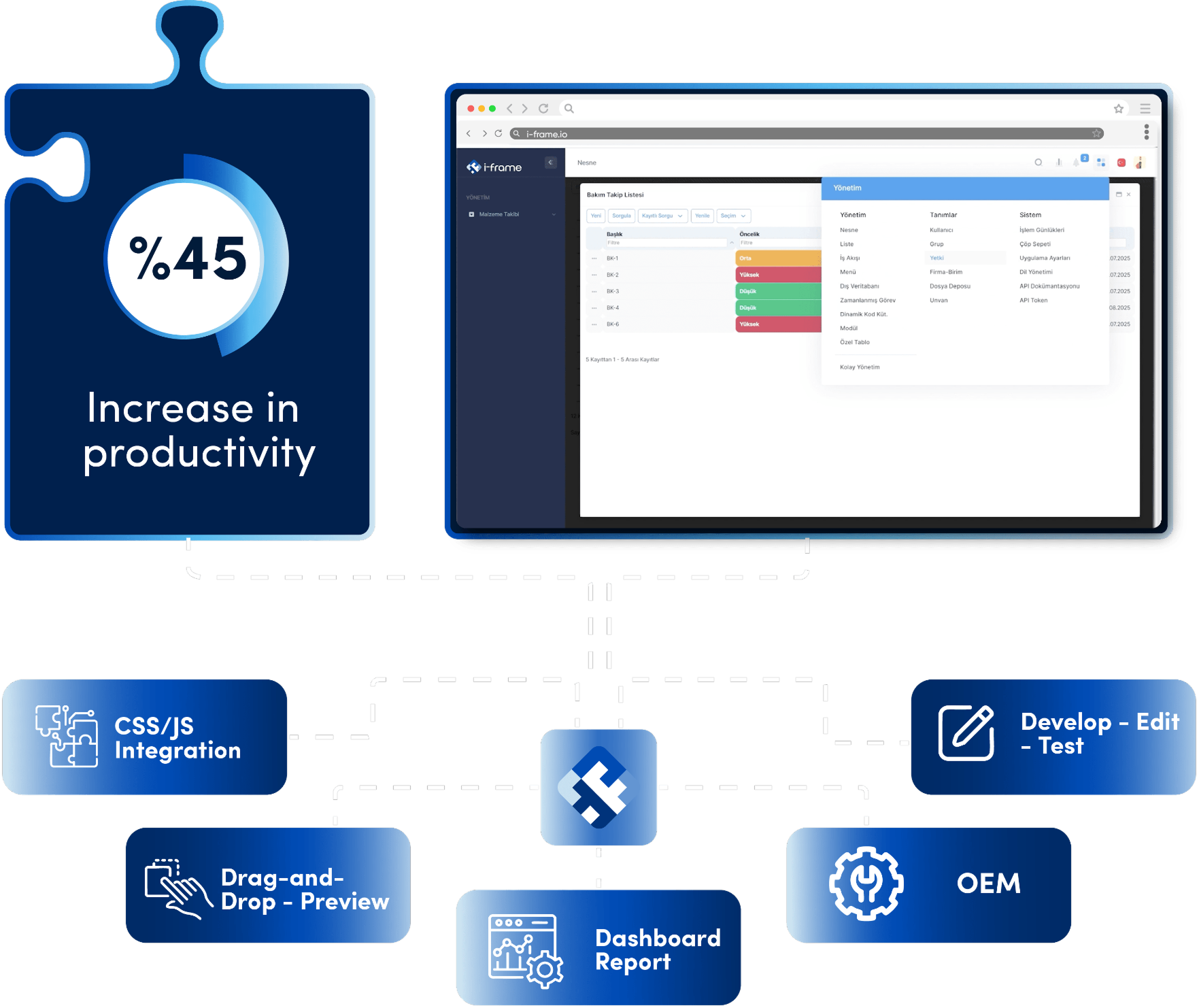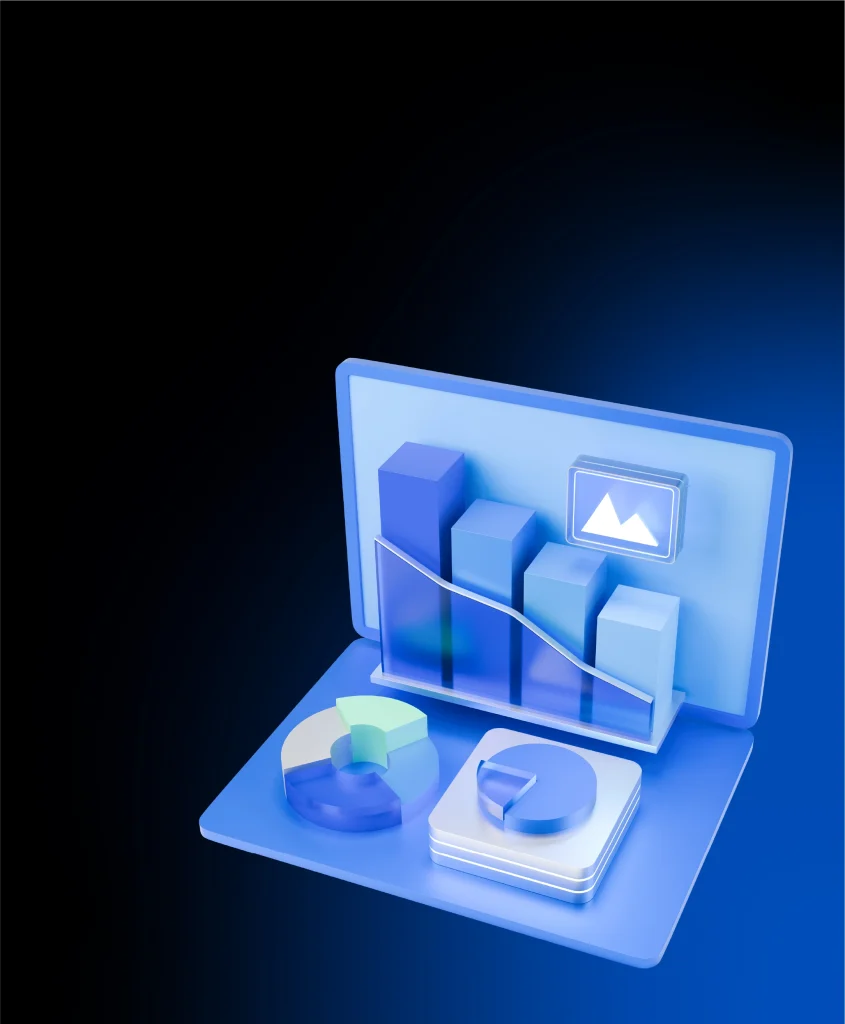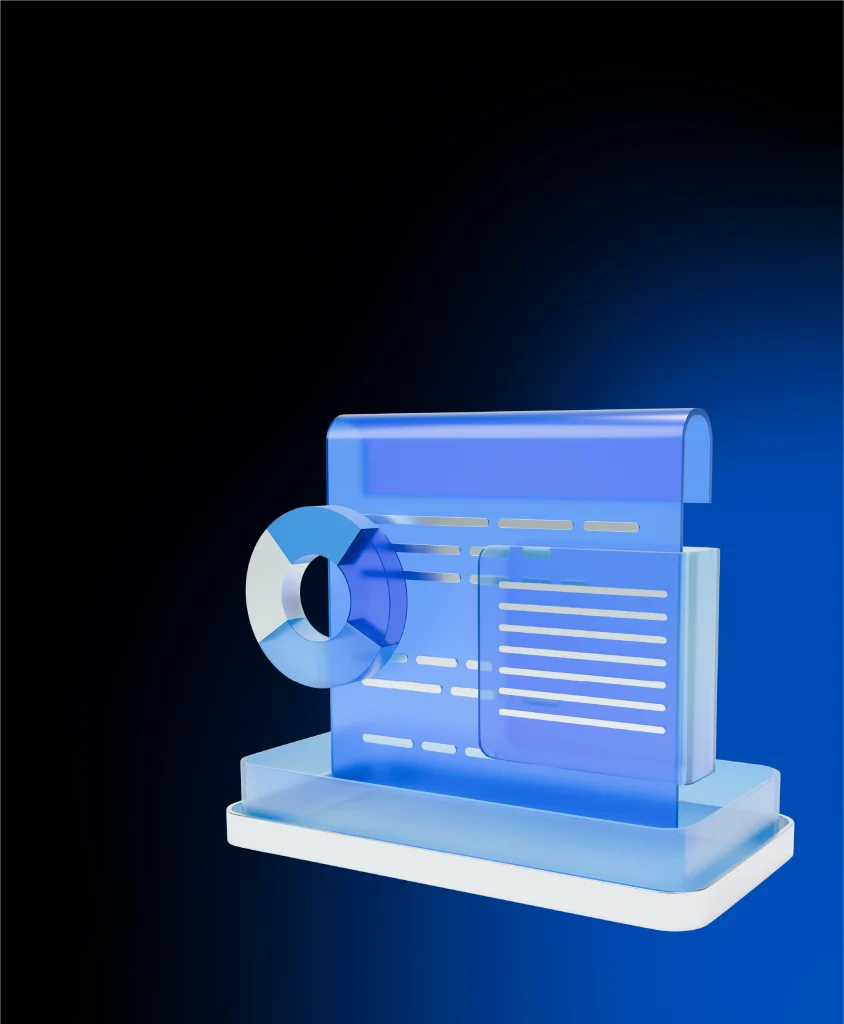Integrated and Smart IDE Approach to Software Development with i-frame
IDE (Integrated Development Environment) is an integrated working environment that enables software developers to produce applications more efficiently and error-free. It usually includes a code editor, debugger, compiler and testing tools.

The Difference Between Traditional Methods and i-frame
In traditional software development, IDEs were installed as desktop applications. The developer was tied to a specific platform, and the build, dependency management and testing processes required manual configurations. External tools were also needed for versioning, interface testing and deployment.
How i-frame Transforms This Process
i-frame integrates the functionality of a traditional IDE into a simplified, web-based development environment:
- Drag-and-drop editors enable visual development,
- Offers custom CSS/JS integration for code-driven scenarios,
- The whole process is executed from a single interface, with no installation required.
Empowering businesses with IDE solutions
Ease of Use and Integration Capability
| Feature | Traditional Methods | i-frame |
|---|---|---|
| Setup | Local installation, dependency management | Web-based, no installation required |
| Code Editor | File-based workflow | Visual + code-supported development |
| UI Design | Manually done through coding | Drag-and-drop UI design + preview |
| Build & Deployment | Separate toolchain and configuration | Instant preview, direct application deployment |
| Team Collaboration | Dependent on version control systems | Parallel and modular development with object-based structure |
| Platform Compatibility | Dependent on developer’s OS | Web-based, OS independent |
Key Features
Web Based Development Environment
All stages of development can be executed through the browser, without any installation.
Drag-and-Drop Development
It offers code-free development interfaces for the creation of forms, processes, dashboards and menus.
Code Integration Support
Custom CSS, JavaScript, C# integrations are possible for advanced users.
Object Oriented Structure
Each component (form, process, data field) is defined as an object, which increases modularity and reusability.
Real Time Preview
Changes can be tested directly on the platform, and no build process is required.


Where is i-frame used?
- Organizational process design
- Dashboard reports generation
- Data modeling and form design
- Integration configurations
- OEM module development

Who is using it?
- Developers : Those who want to develop components with code support
- Business Analysts: Those who want to create applications without the need for technical knowledge
- Process Owners: Departmental experts who want to design their own flows with visual tools

Advantages of Using i-frame
- A standalone, installation-free development experience for developers
- Accessibility for users regardless of technical knowledge level
- Modular and shareable structure for teams to work together
- Shorter development-editing-testing cycle
- Centralized structures for sustainability of institutional know-how.

